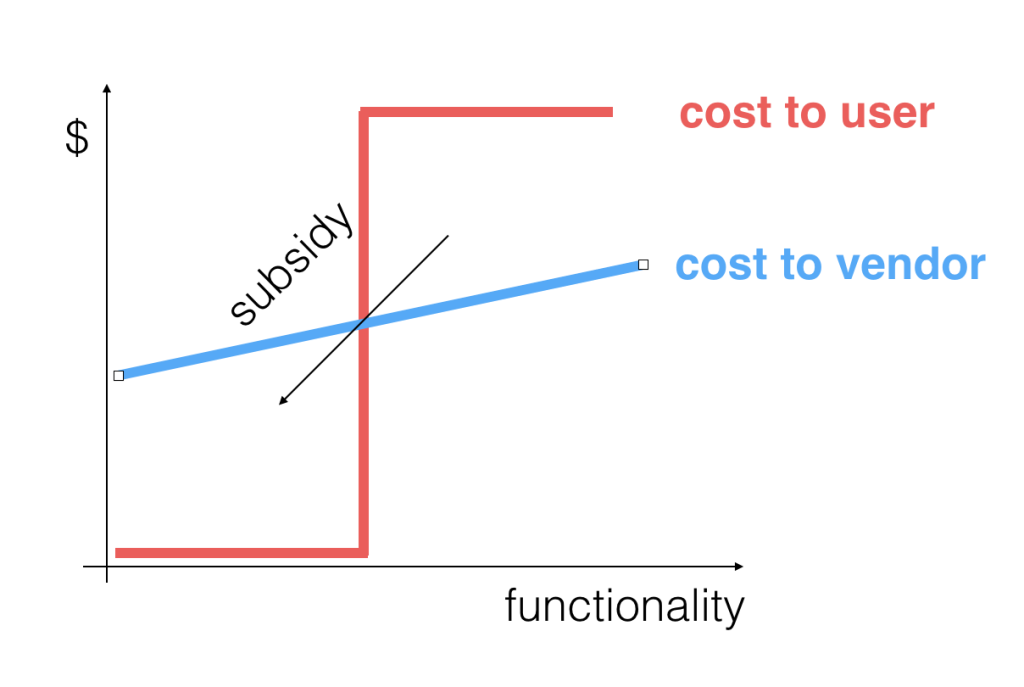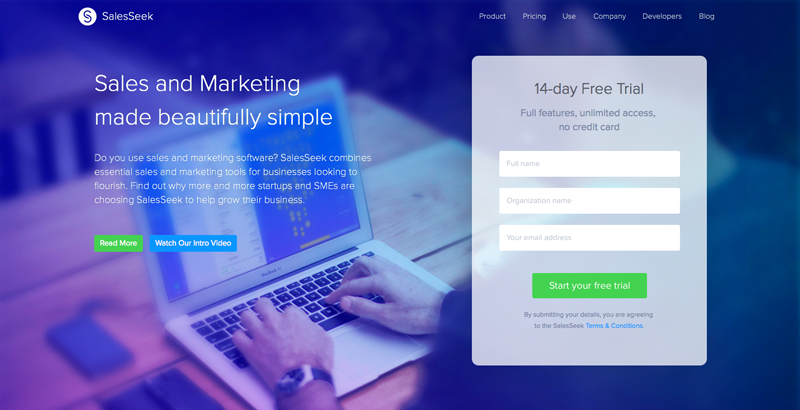Freemium seems all the rage today, but how should you decide if this is right for your product or service?
There are two factors to consider: Switching costs, and cost of service. How these interact determines if freemium makes sense. The harder it is for a user to switch, the bigger (or more) jump you can demand in moving to paying. The lower the cost of service, the less (or fewer) you need to demand in moving to paying.
The essence of freemium is cross-user subsidy. Simply put, the folks that are paying support the free-loaders. This can get complicated with startups as there is another sugar daddy to help pay for all this – the VC. This can have the effect of apparently making freemium look sustainable, when in fact, it isn’t.
Dropbox is a good example of this. They provide 2GB for free in the hope of acquiring enough paying users. They have 400m users, which is great. But they only have 100,000 subscribers, which is not great. 400m users at 2GB a pop is almost a million Terabytes (although in truth they will over-allocate), and the basic pay plan is just 1 Terabyte, so there seems to be a disconnect. Fortunately, the VCs have pumped in more than $1B to cover this funding gap. Ultimately, though, if Dropbox is ever going to wean itself off the VC teat, those 100,000 paying users are going to have to step up. Currently, each paying user would need to fund 4000 free-loaders. Ouch.
One issue with cross-user subsidy as a business model is that users tend to take the “free” part for granted, and whine at the “fee”. Not quite freemium, but close enough, are the “razor blade” models. You can buy a printer for $100, but it will cost you $50 for ink. You can fly for practically nothing, but if you want to check a bag, you’ll get stung for more cash. Often these models rely upon a lack of transparency – after all, if you really intended from the get-go to become a full paying user, you would chose the cheapest option of a printer and 10 years supply or ink, or flight including 2 checked bags. Almost certainly these then would not be the cheapest option because of cross-subsidy. Games that can be downloaded for free, but incur in-app purchases are essentially relying upon this same principle and can end up with unwitting parents getting clobbered with high bills.
A better model is those that seek to cross the consumer/SoHo – enterprise barrier. Two good examples are Skype and MailChimp. Both offer excellent rich functionality for free. In MailChimp’s case, when you want to use automations, then you need to pay. This works well since typically this only applies to larger businesses. Similarly, Skype gives you most things for free, but you have to pay for calls to landlines, which is OK as it is still typically cheaper than a regular phone, and also for group screen sharing, which again is more a feature of larger enterprises. In both of these cases, the free/fee split is transparent, defensible, and sustainable.
Take advantage of a 14-day free trial of SalesSeek. Start your free trial with SalesSeek today.


